CrossCurrents Library
CrossCurrents is an electronic publication that offers articles on a wide range of topics related to teaching and learning in higher education. Through engaging content that encourages exploration and reflection on best practices, innovative pedagogies, and emerging trends in higher education, we try to help college teachers successfully navigate the challenges they face in today’s complex classroom.
Featured Collections
Topics

Teaching in the 21st century seems harder than ever. Because networked technologies are ubiquitous, many instructors must compete with computer games, cell phone apps, or social media for students’ time and attention. While digital systems enable learning that is flexible and convenient, they don’t always align with more traditional approaches to teaching. Consequently, educators are challenged with developing a pedagogy that meets the needs of learners who have come to expect instruction that is immediate, entertaining, and personalized.

Group work has many benefits to students and student learning, but it also has its challenges. Most common problems can be avoided if you put in the effort and take the time to plan carefully. One of the early steps to take into consideration as you prepare is how to form groups. There are many decisions to make, and the

Teachers and students alike know that lectures can be boring. The following quip, widely attributed to Albert Camus, elegantly captures this sentiment; “Some people talk in their sleep. Lecturers talk while other people sleep.” Yet we – and students – have also experienced situations in which we sat mesmerized as we listened to an exceptionally captivating lecturer. While few of
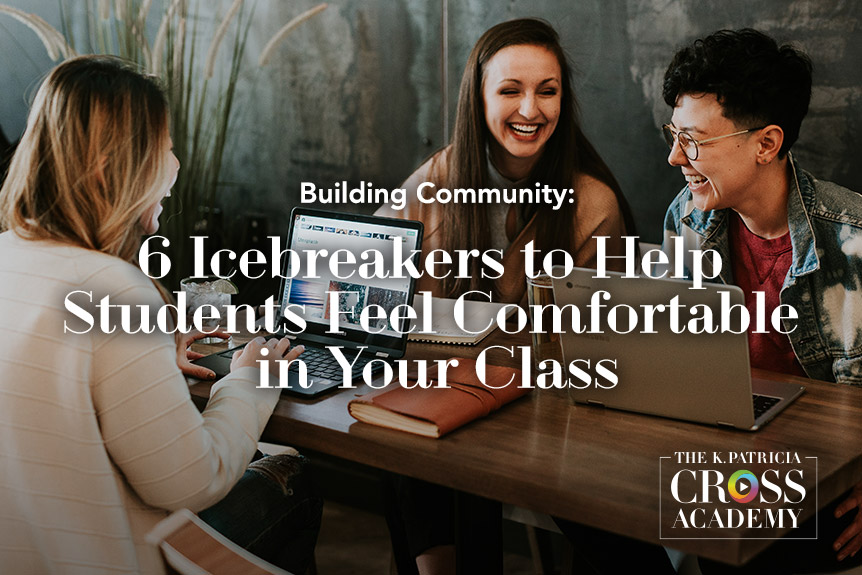
According to surveys, two of the main concerns of most students on the first day of class are whether they will like the instructor and how well they will get along with their classmates (Provitera-McGlynn, 2001). The first days of the semester establish the tone for the next weeks. According to Cavanaugh (2016), “On the first few days of class
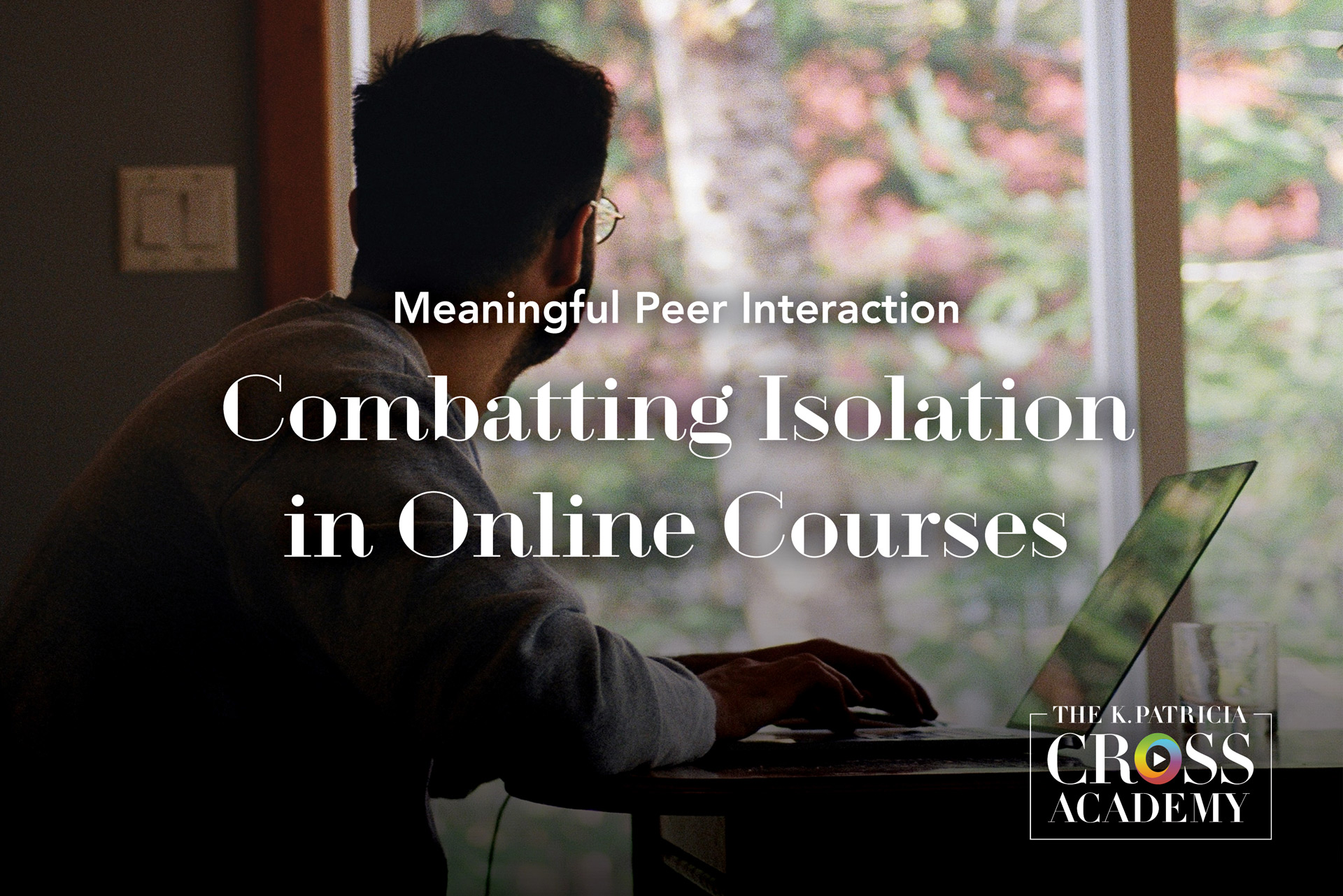
It’s common knowledge for any educator who has taught online that it can be a significant challenge for students who are learning online to develop feelings of connection with their peers and teacher. Feelings of isolation when learning online have been around for as long as online learning has existed. In this article, we examine three key ways to combat that sense of isolation and encourage meaningful peer interaction.
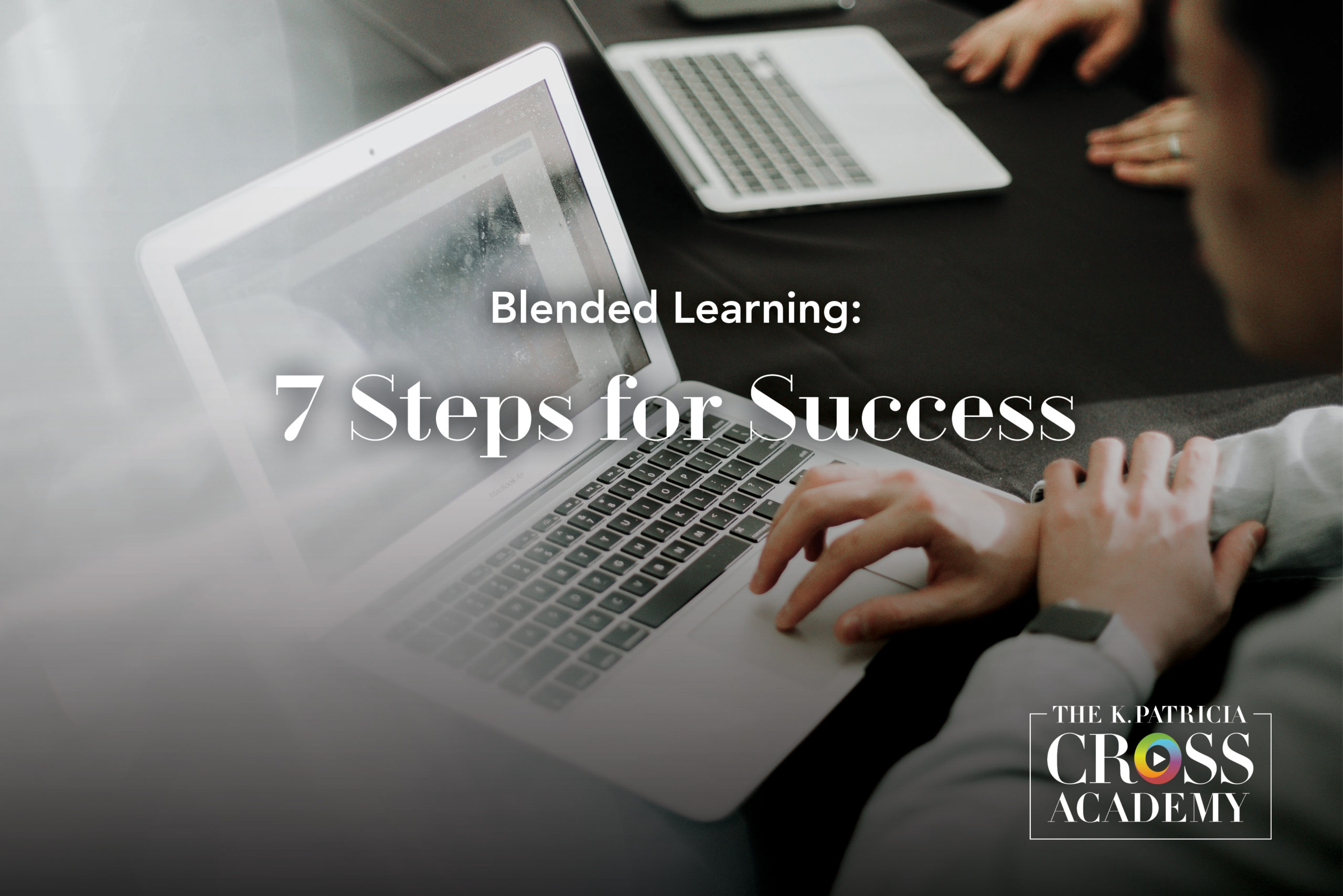
As colleges and universities look for new ways to improve both student learning and the student experience, blended courses are becoming increasingly common. A combination of onsite and online instruction, there is no single approach to blended learning. With any definition, the key to blended learning is the combination of onsite and online instruction. Educators in different geographic regions have
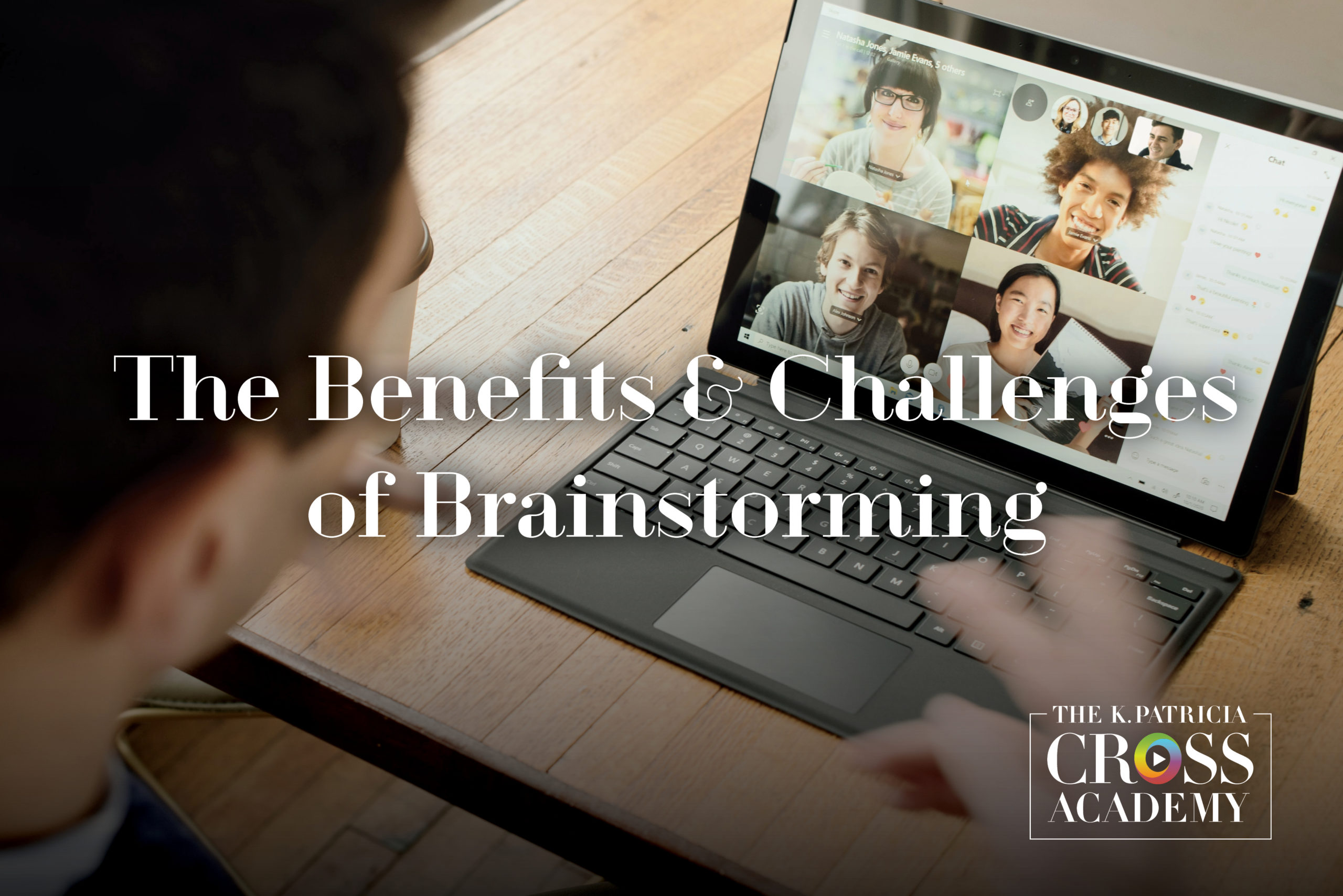
Brainstorming is a method of generating ideas and sharing knowledge to solve a problem. The defining characteristics of a good brainstorming session are when participants are encouraged to gather ideas spontaneously and to think without interruption. When done as a group, people typically collectively agree upon a solution after all the ideas are brought forth and discussed, but it can also
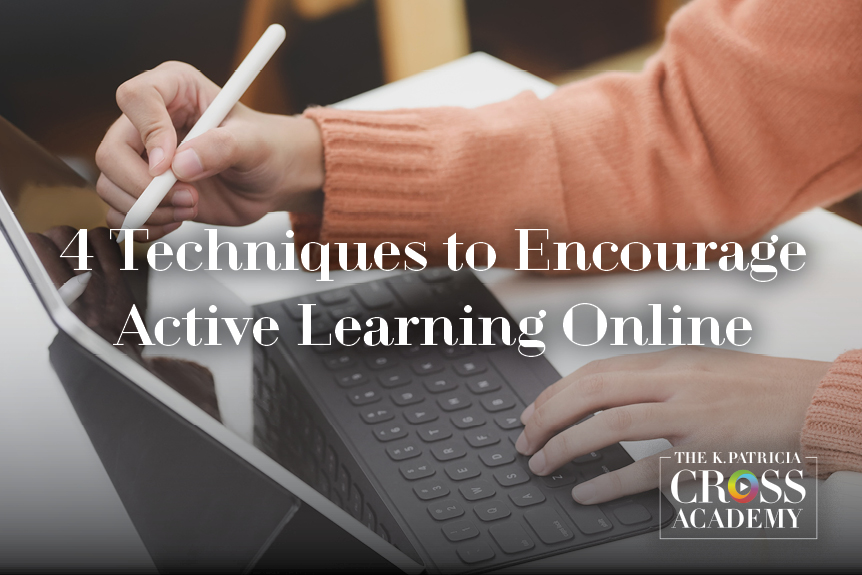
Active learning has come of age in higher education, with many educators adopting this method of teaching in their courses and with many studies documenting its effectiveness as an instructional approach. But what is active learning anyway? And given the fact that so many of us are teaching online, what does it look like in an online course? Descriptions of
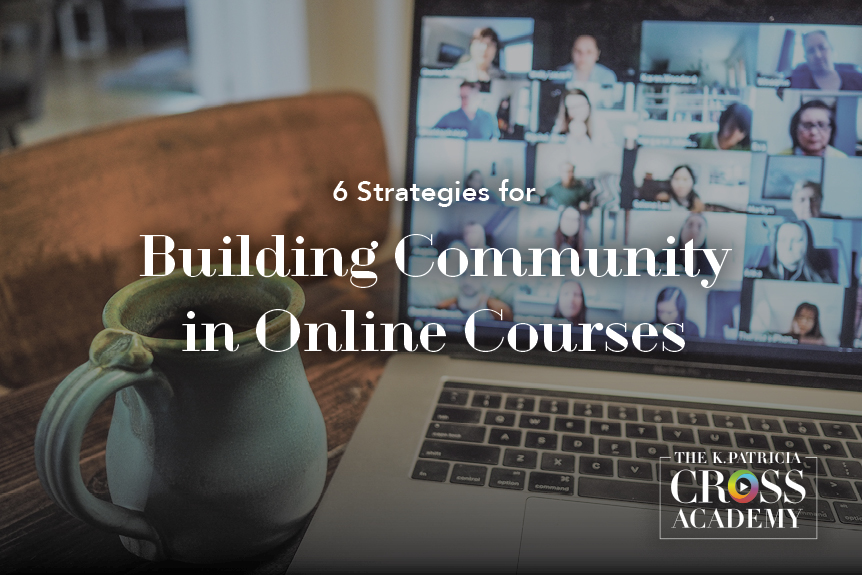
Sometimes, a group of students in a given class just seems to gel. They connect, work well together, and encourage and support each other. Sometimes a group of students does not gel. They barely interact, they don’t work together, and while they may not actively discourage each other, encouragement is not exactly forthcoming either. It can be difficult to determine what causes

After years – even decades – of teaching onsite, many instructors are able to teach a traditional, classroom-based course without having laid out the entire course in advance. This approach doesn’t work well in the online classroom, however, as online course delivery requires more fully developing the course ahead of time. Thus, when teaching online, the process of course design is essential.
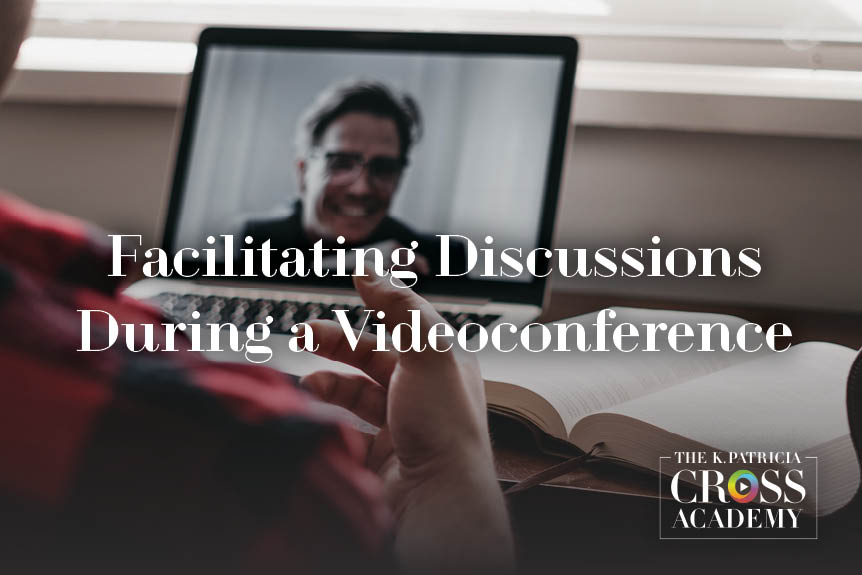
With many of us now teaching remotely, we are finding ways to retain strategies that worked well when teaching onsite. Discussion is one of the strategies that we regularly draw upon when teaching on campus. Thus, instructors who are using videoconferencing to facilitate our class sessions are trying to determine how to make synchronous class discussions work in this new

Many times, instructors feel like they “should” assign discussion board posts. They do so for a variety of reasons, including to simply receive the “regular and substantive interaction” between students and teachers required in virtual classrooms. Lively discussions are a hallmark of face-to-face courses. Likewise, for decades, discussion boards have been a staple of online courses. But doing discussions online and through a text-based medium offers its own set of challenges.